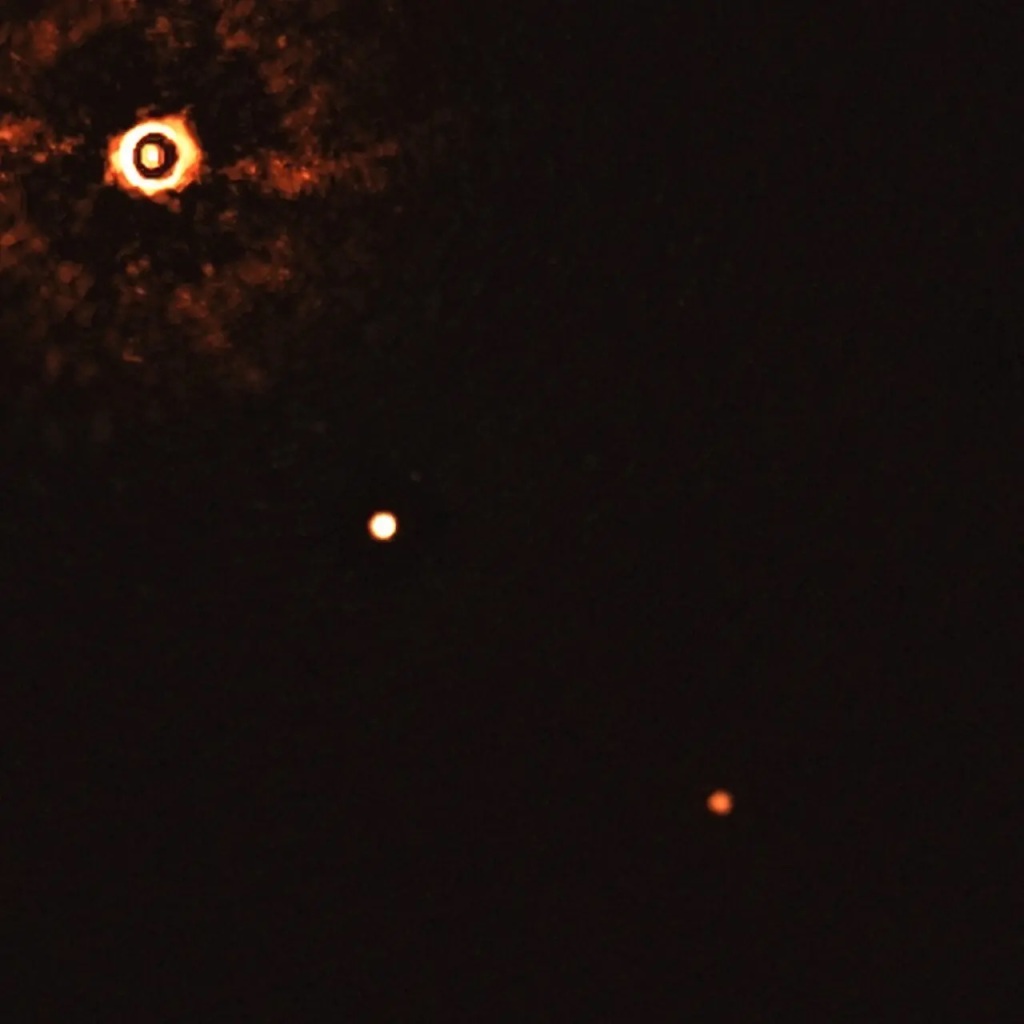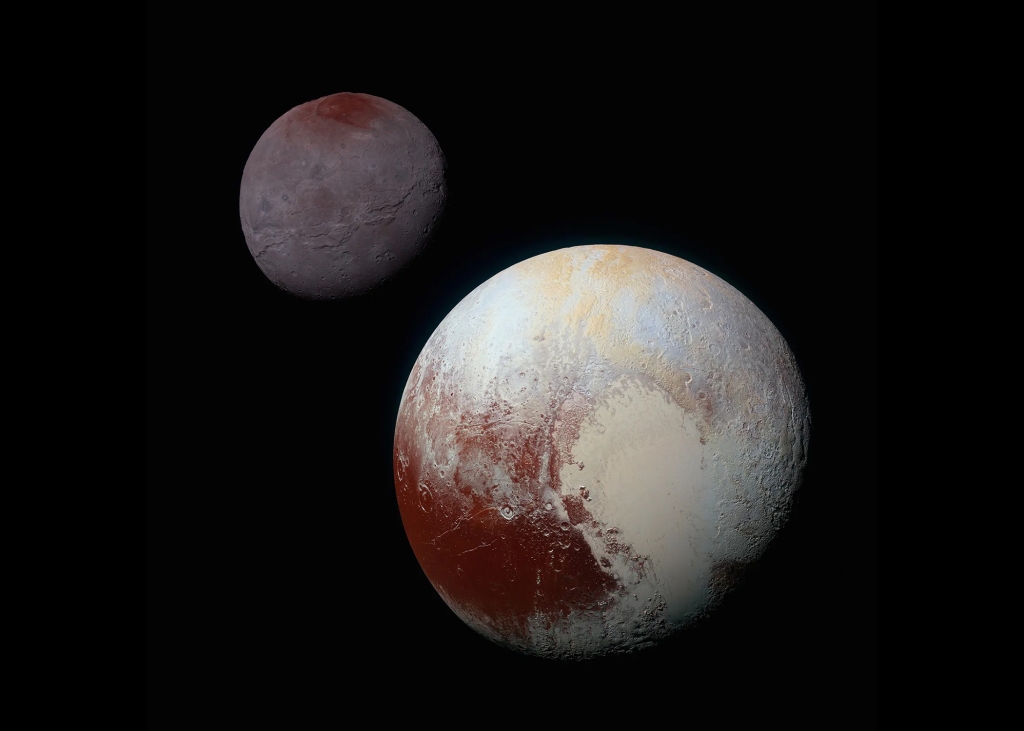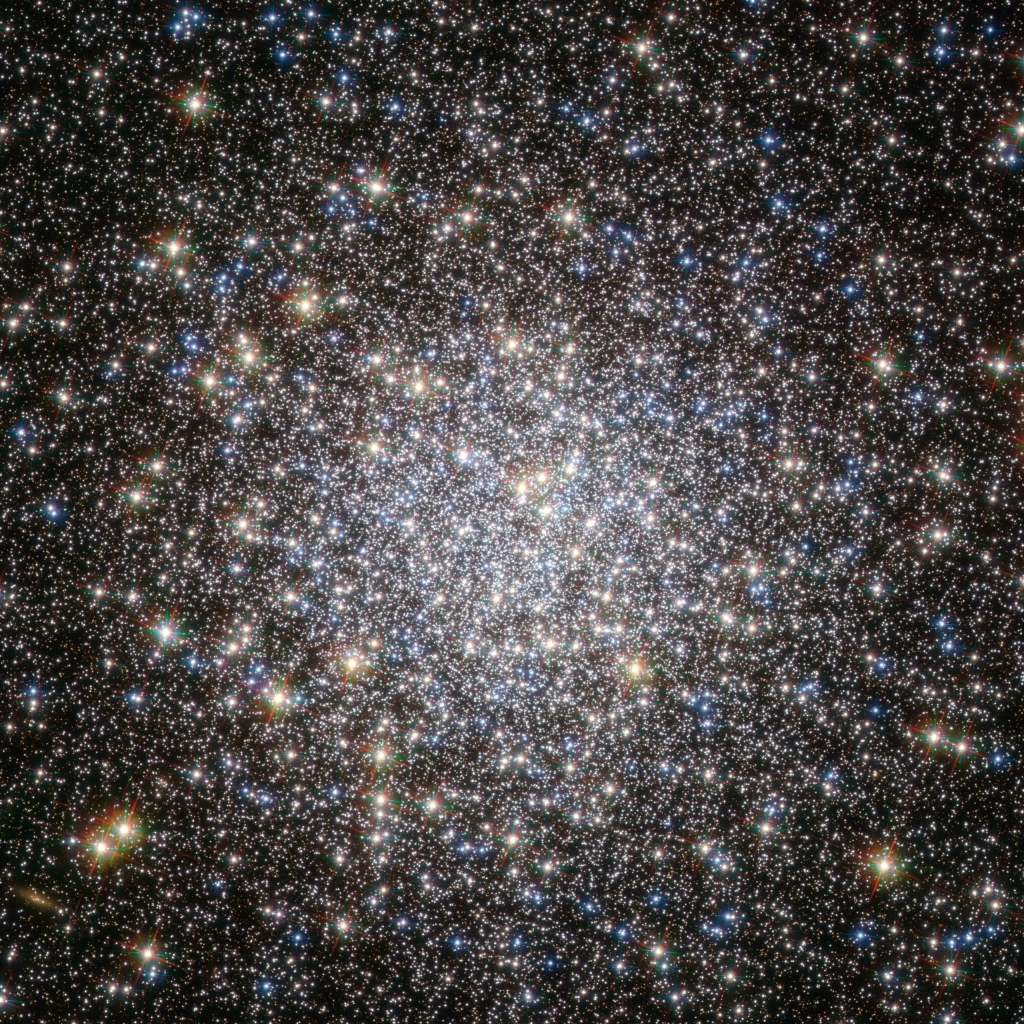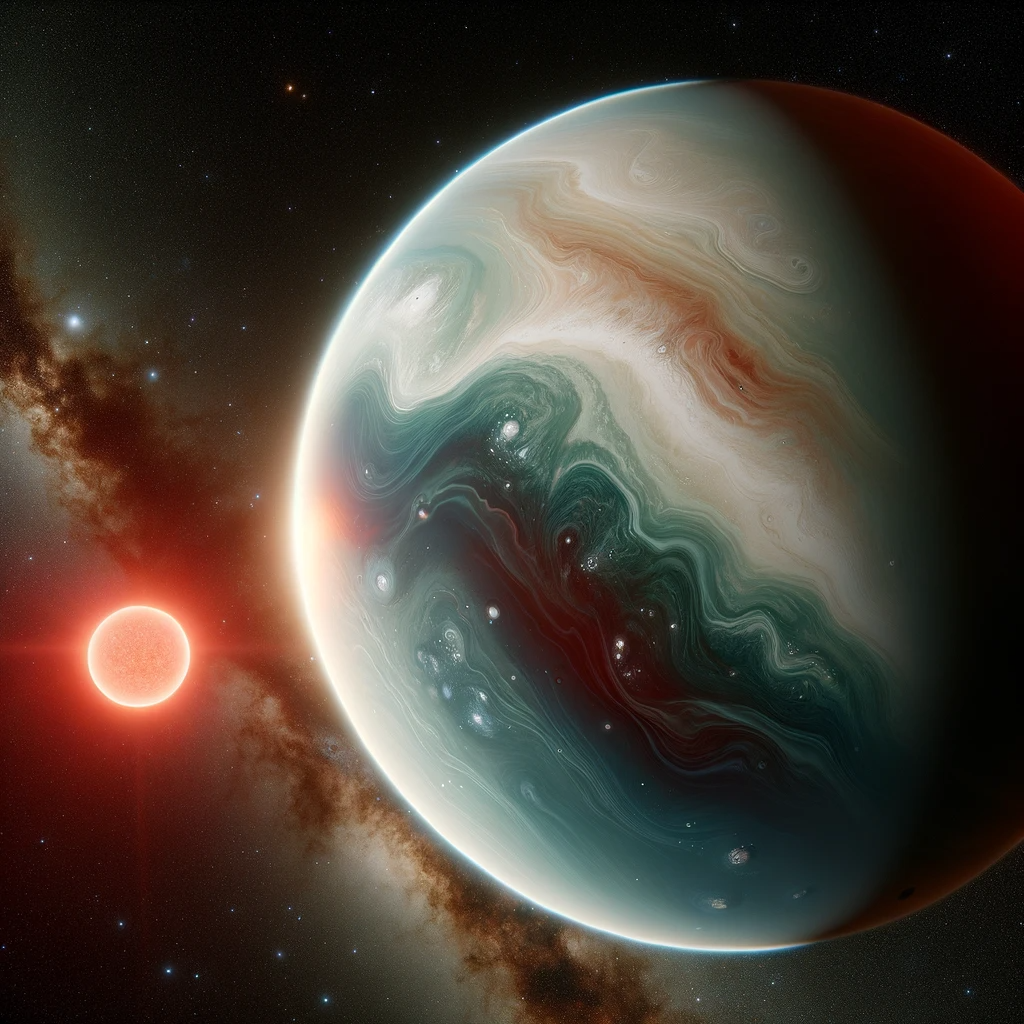- Astronomers have developed ConStruct, a novel machine-learning approach using a convolutional autoencoder neural network, to enhance the detection of faint point sources in high-contrast adaptive optics imaging data.
- This method significantly outperforms traditional algorithms by accurately reconstructing stellar speckle noise, improving signal-to-noise ratio, and doubling the relative contrast in 67% of tested cases using real Keck/NIRC2 data.
- ConStruct’s success demonstrates the potential of deep learning in exoplanet detection, promising to revolutionize future analyses of data from the James Webb Space Telescope and next-generation extreme AO instruments.
In a remarkable advancement in the quest to uncover the mysteries of distant worlds, a team of astronomers has introduced a groundbreaking machine-learning technique aimed at revolutionizing the detection of faint point sources within the vastness of space, particularly through high-contrast adaptive optics (AO) imaging data. This novel approach, which significantly boosts the sensitivity and reliability of planet detection in direct imaging data, is poised to change how astronomers sift through the cosmic haystack to find the elusive needles of exoplanets.
At the heart of this innovation is a method known as Direct Exoplanet Detection with Convolutional Image Reconstruction, or ConStruct, which employs a convolutional autoencoder neural network. This sophisticated tool is designed to tackle one of the most persistent challenges in the field of exoplanet discovery: the accurate differentiation of planetary signals from the bright speckle noise generated by stars. Traditional algorithms have struggled with this task, often failing to effectively separate the faint whisper of a planet from the stellar shout that dominates the imaging data.

ConStruct represents a significant leap forward in this regard. By training on an extensive library of real imaging sequences, the neural network learns to accurately reconstruct the stellar speckle noise, thereby isolating the potential planetary signal. This method has shown remarkable success in enhancing the signal-to-noise ratio and improving the relative contrast of detected planets, outperforming traditional principal component analysis-based processing in a majority of cases. Such advancements not only demonstrate the neural network’s capability to refine the detection process but also highlight the potential of deep learning in extracting valuable insights from complex data sets.
The application of ConStruct to real-world data has been rigorously tested using the Keck/NIRC2 angular differential imaging datasets. Through these tests, the researchers have showcased the algorithm’s prowess, revealing its ability to yield superior results in detecting faint point sources amidst the challenging environment of high-contrast astronomical imaging. The success of ConStruct in these trials underscores the value of leveraging machine learning to enhance the post-processing of direct imaging data, offering a glimpse into a future where the detection of exoplanets is both more precise and efficient.
Looking ahead, the implications of this development are vast. ConStruct, with its novel application of convolutional autoencoder neural networks to the field of astronomy, stands as a testament to the potential of machine learning in revolutionizing our approach to exploring the universe. As the technology evolves, it may prove instrumental in the analysis of data from the James Webb Space Telescope (JWST) and the upcoming generation of extreme AO instruments on the 30-meter class telescopes. Such tools will be crucial in expanding our understanding of exoplanet demographics, testing and guiding theories of planet formation and evolution.
In essence, the advent of ConStruct marks a significant milestone in the field of exoplanet research, heralding a new era of discovery where the power of machine learning is harnessed to peer deeper into the cosmos than ever before. With its ability to improve the detection sensitivity of direct imaging methods, this innovative approach promises to play a pivotal role in the ongoing search for new worlds, potentially unlocking the secrets of distant planets that have remained hidden from our view until now.
Source: Wolf, Trevor N, et al. “Direct Exoplanet Detection Using Convolutional Image Reconstruction (ConStruct): A New Algorithm for Postprocessing Highcontrast Images.” The Astronomical Journal, vol. 167, no. 3, 2024, p. 92, dx.doi.org/10.3847/15383881/ad11eb, https://doi.org/10.3847/15383881/ad11eb.
Featured Image: Direct Image of Exoplanets. ESO/Bohn et al.





